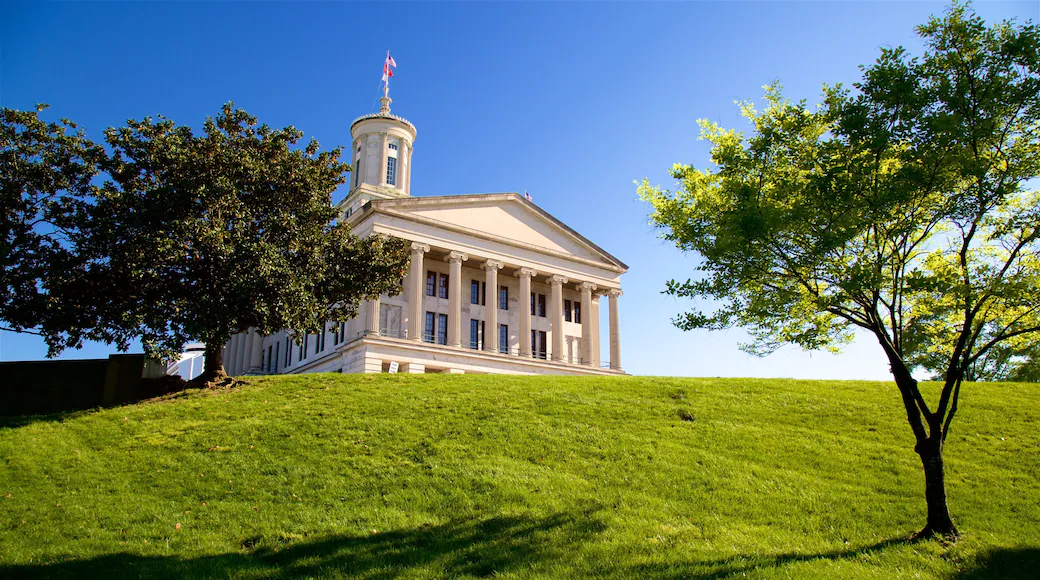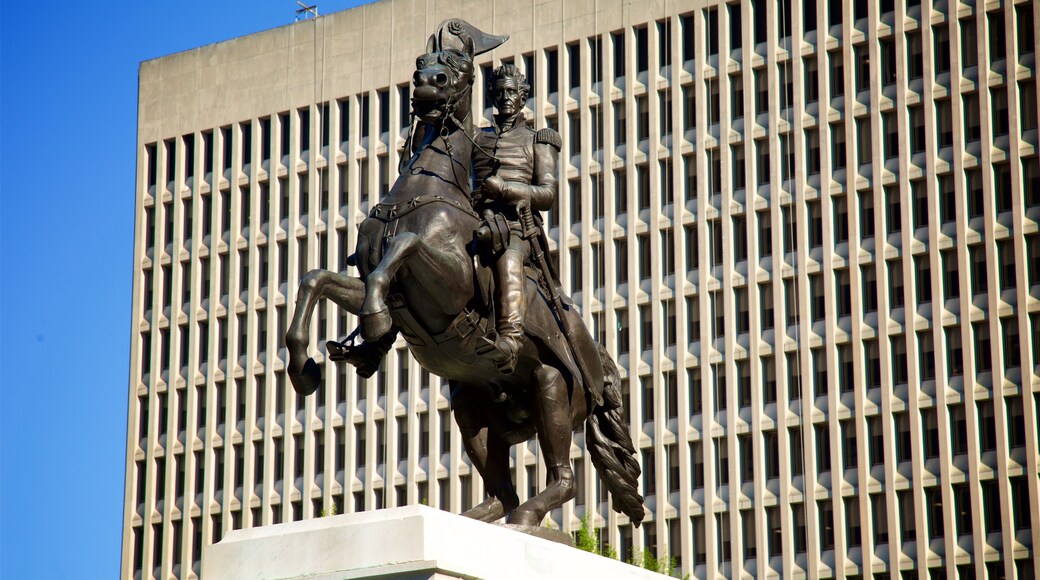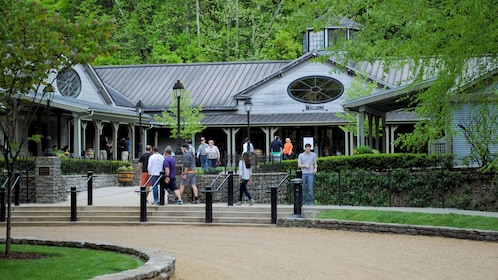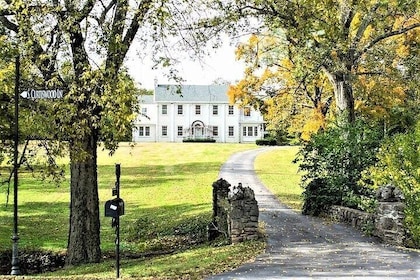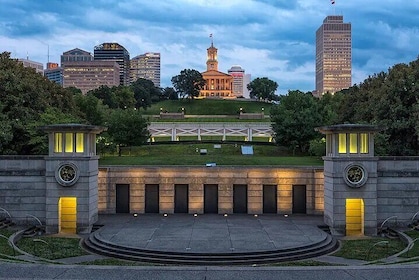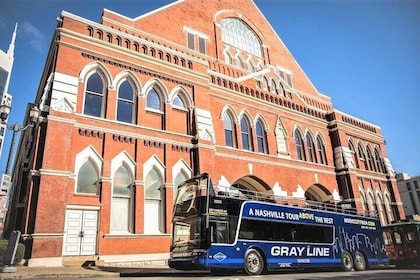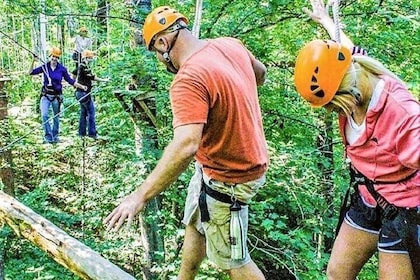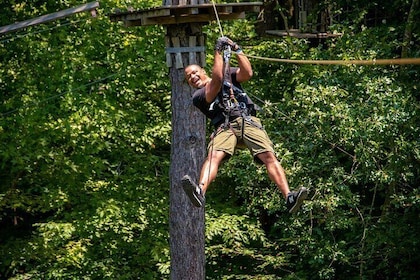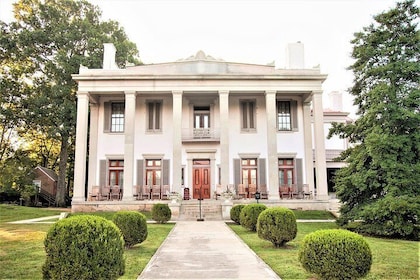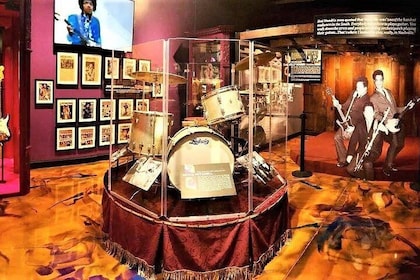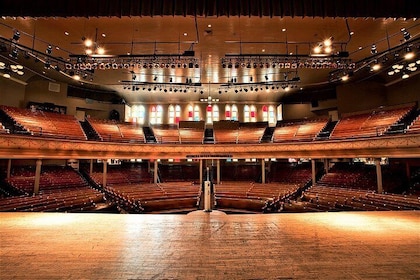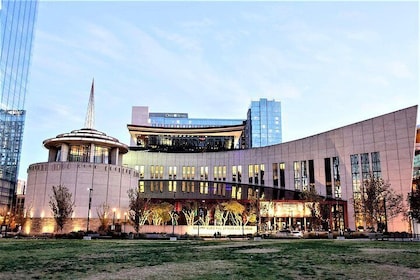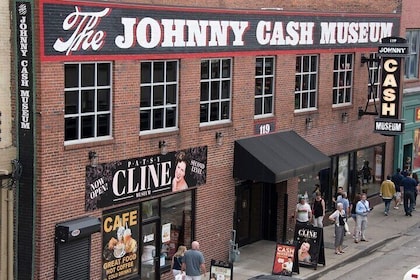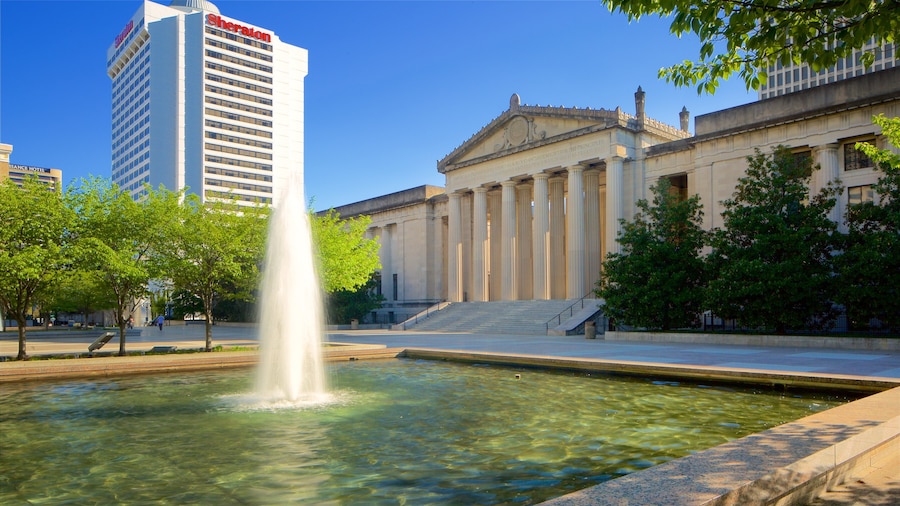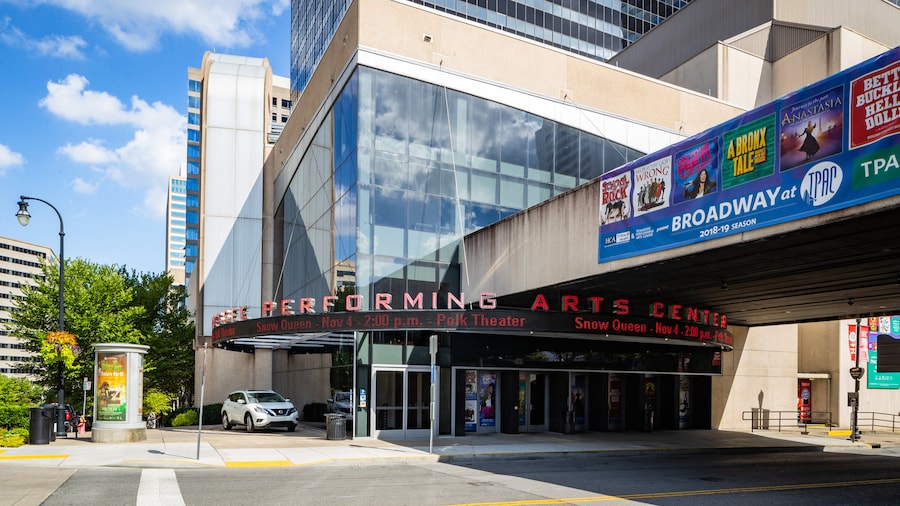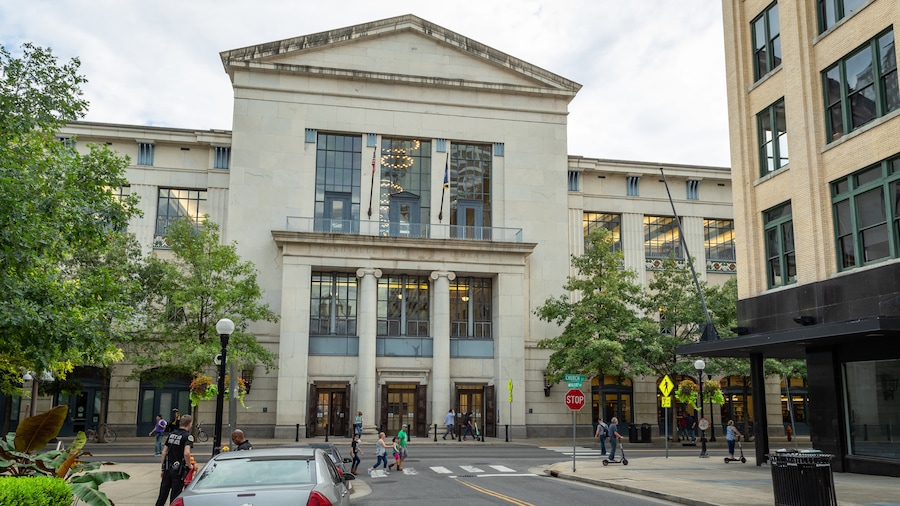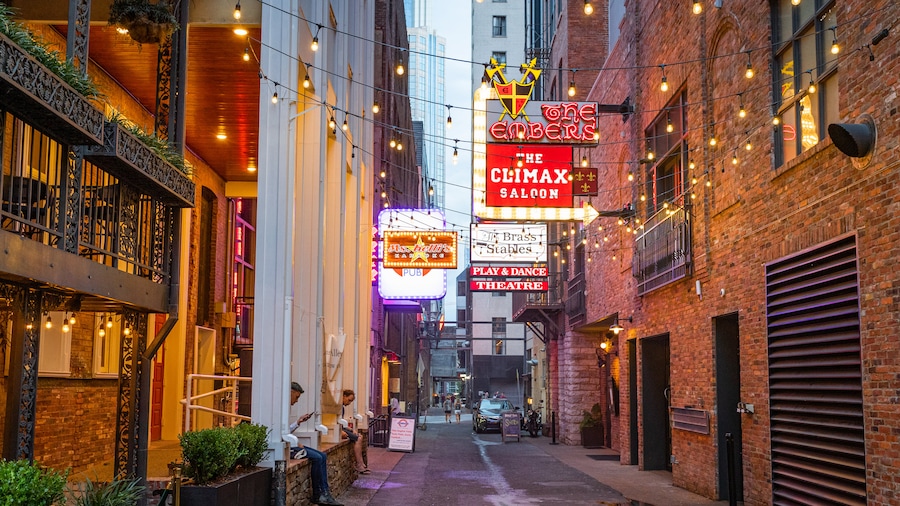Walk in the footsteps of former U.S. presidents and state governors on a tour of this elegant 19th-century legislative building.
The Tennessee State Capitol is home to Tennessee’s legislative chambers and the working office of the state governor. Tour rooms where state laws are presented, debated and passed. Watch state representatives engage in live meetings. Learn about three Tennessee residents who went on to become presidents of the United States.
Construction of the Tennessee State Capitol began in 1845 and the building was completed in 1859. It is the work of architect William Strickland, who took inspiration from the Ionic temples of Ancient Greece. Admire the entranceway, characterized by a large pediment supported by a row of imposing columns. Look up at the tower, modeled on the choragic Monument of Lysicrates in Athens. Strickland’s body was buried in the building upon his death in 1854.
Inside browse a portrait gallery of former presidents with Tennessee political experience: Andrew Jackson, Andrew Johnson and James K. Polk. Visit the Governor’s reception room, the office of the Secretary of State, House of Representatives chamber and Senate chamber. Peer down on the Senate and House chambers from the public galleries during legislative days. See the tombs of Strickland and Samuel Morgan, a businessman known as the Merchant Prince of Nashville.
Find a collection of monuments in the Capitol’s adjoining garden. Among these is an equestrian statue of Andrew Jackson, a statue of Andrew Johnson and the tomb of James K. Polk. There are also memorials to the Tennessee-born World War I hero Sergeant Alvin York and Confederate icon Sam Davis. Note the six cedar trees, which honor the 6 million victims of the Holocaust.
Find the Capitol in the heart of Downtown Nashville. It’s a short walk from major city attractions such as the Musicians Hall of Fame Museum and Tennessee State Museum. Public buses stop outside the building. Parking is available, for a fee, on the surrounding streets.
Explore the Tennessee State Capitol on a free guided tour or via a self-guided pamphlet. Visiting hours are from Monday to Friday and both the admission and tours are free of charge. Learn more about the state’s past at the Tennessee State Museum, a 2-minute walk east.
